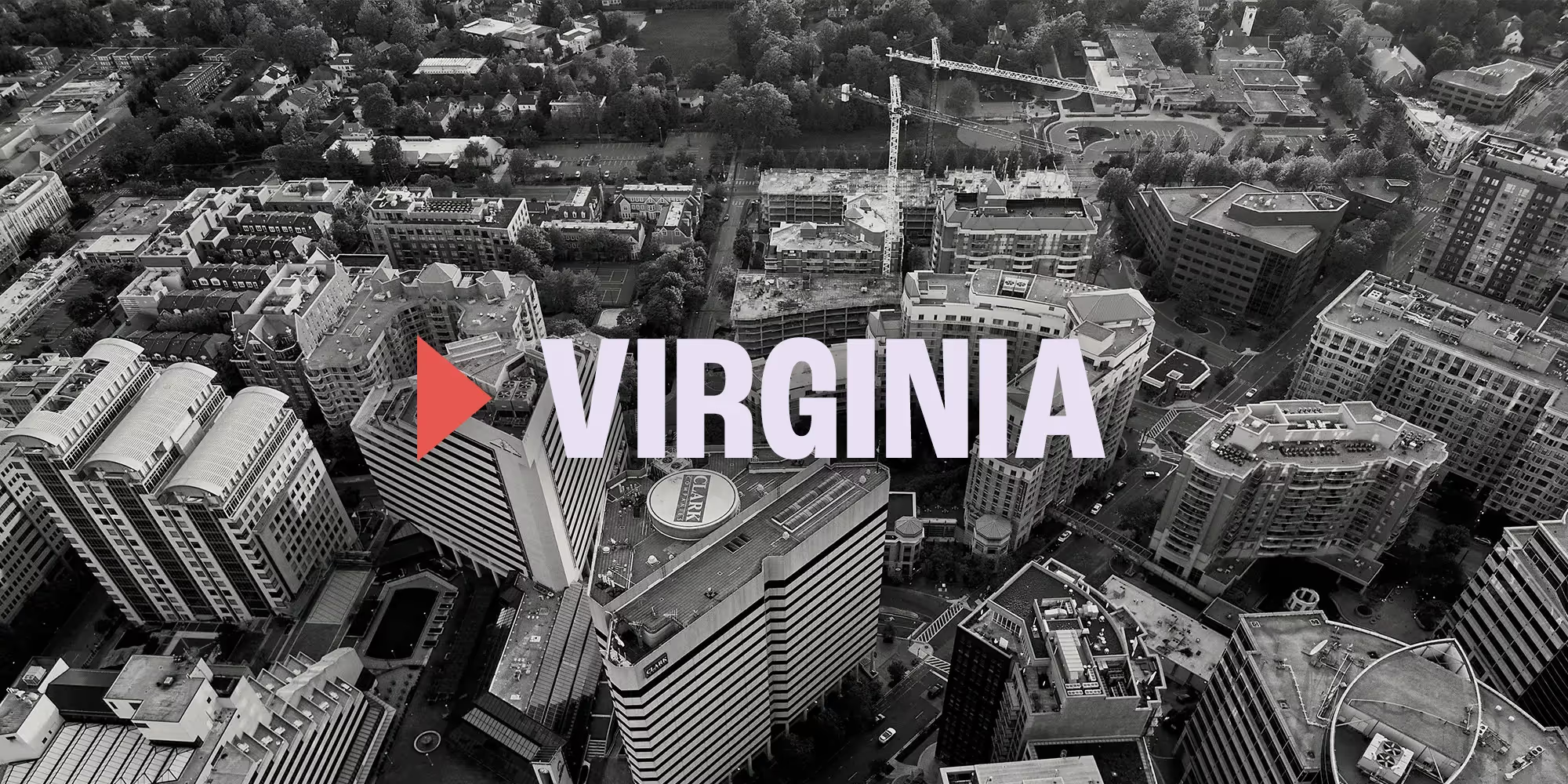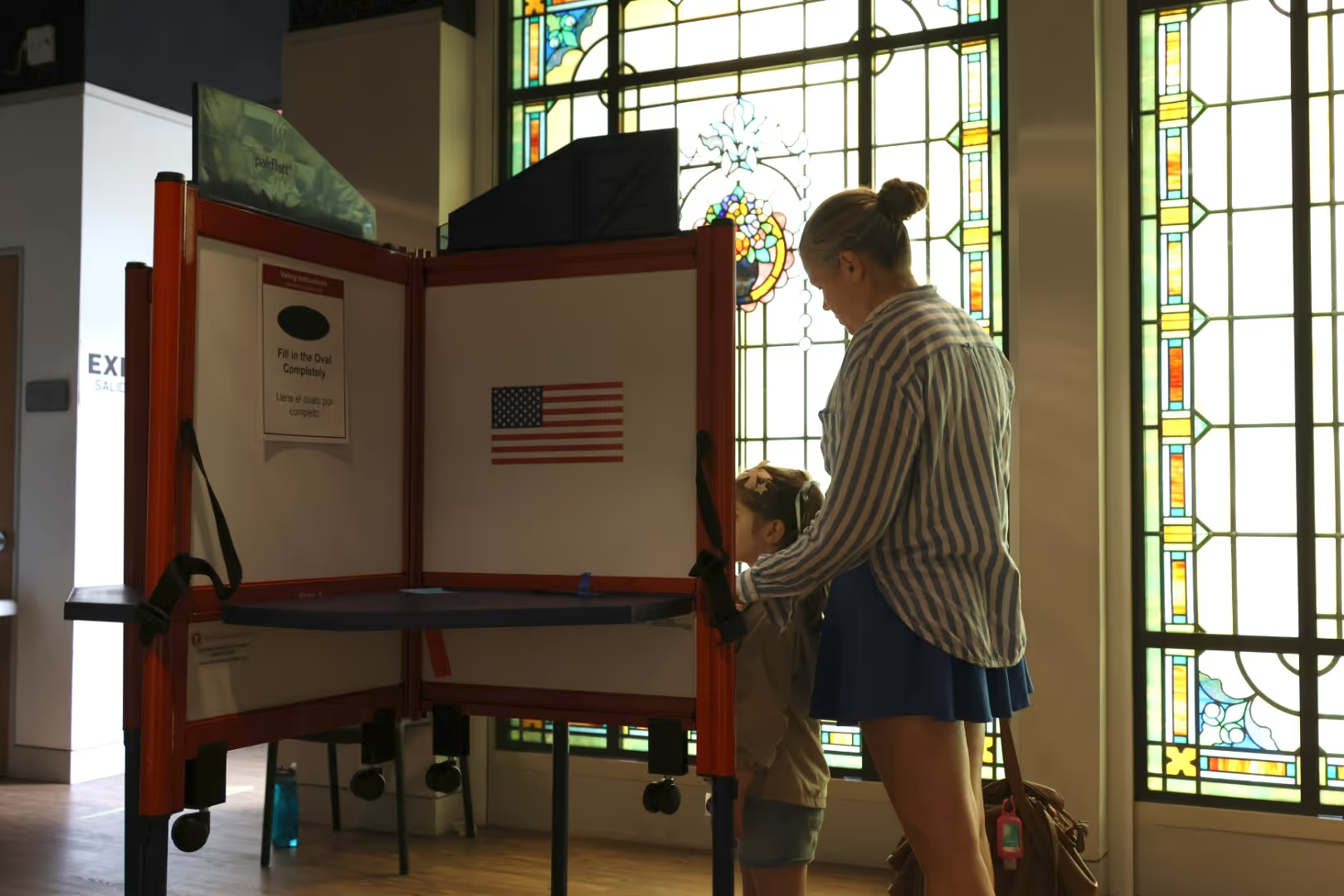A Recap of Charlottesville's First Ranked Choice Election
80% of primary voters strongly support using RCV again.
On June 17, 2025, Charlottesville became the second community in Virginia to use ranked choice voting in a local election. The city's Democratic primary voters nominated two candidates to fill two seats on the City Council. One week later, a survey of Charlottesville primary voters found decisive support for continuing the system. Fully 80% of respondents strongly support using RCV in future City Council elections, with another 9% expressing some support. Less than 10% opposed continued use.
Support was also strong across demographic groups, including age, race, gender, education, and homeownership. The only group with majority opposition was the small subset of voters (5%) who were also dissatisfied with the election winners. Data from the survey and the City's ballot scanners reveal how voters navigated their first ranked choice election and why support remained strong across the community.
Voters Were Ready to Rank
The City of Charlottesville and Ranked Choice Virginia conducted voter education campaigns ahead of the election, and survey results show voters were prepared:
- More than 9 in 10 voters knew they would be using ranked choice voting before they received their ballot—either by mail or in person.
- Voters were comfortable marking their ballots, with 96% expressing confidence in the process. Less than 4% reported major questions or concerns about completing their ballots.
- More than 9 in 10 voters understood how their votes were counted, with 62% expressing complete confidence and 30% saying they were "pretty sure." Data from other cities that use ranked choice voting find that voters' confidence in the counting process grows with repeated use over time.
Charlottesville ballot scanner data also confirmed voters' comfort with the new system:
- The vast majority of voters ranked more than one candidate. Just 9% marked a single choice.
- Ballot errors were minimal. Just 30 ballots could not be counted toward the election results due to marking errors, and 15 of those were submitted in person where voters were offered replacement ballots but chose not to use them.
Winners Had Deep and Broad Support
As the reported results show, Jen Fleisher won 51% of first-choice votes, followed by incumbent Mayor Juandiego Wade with 36%. That means 87% of voters will be represented by their first-choice candidate on Council next year.
In addition, data from the City's ballot scanners reveal how voters used their second-choice rankings and show the winners earned broad support from the electorate. More than 47% of voters saw their top two candidates elected. No other pair of winners could have made as many voters fully satisfied with the results: not incumbents Wade and Brian Pinkston (35%) or Fleisher and Pinkston (27%).
The results also illustrate how multi-winner ranked choice delivers proportional representation: roughly half the voters ranked the incumbent councilors first and half preferred newcomer Fleisher, so voters got one of each. Fleisher also lives in the city's Belmont neighborhood, which has historically had the fewest residents serve on City Council of any precinct in the city.
Common Concerns Dispelled
Critics of ranked choice voting often raise concerns about voter confusion and suppressed turnout, but these concerns proved unfounded. Turnout in this year's City Council election mirrored past off-year primaries: the 2019 and 2021 Democratic primary elections all saw roughly 6,200 ballots cast. In addition, more people voted in this year's City Council race than either of the single-choice, statewide races on the same ballot.
Survey Methodology
The survey was sent to Charlottesville primary voters via text message on Tuesday, June 24, one week after the election and two days after the final results were certified. Responses were accepted through Friday, June 27. All 8,699 people who had voted in a local primary election in 2021, 2023, or early in 2025 were eligible to receive the survey. Eligible voters were linked to mobile phone numbers through the research firm Murmuration, and 6,283 (72%) were successfully matched. More than 92% of messages were delivered, and the survey received a 4.4% response rate among voters who were sent the message.
Understanding whether survey participants represent the broader electorate is critical for interpreting the results. Survey participants closely mirrored actual primary voters across neighborhood, voting patterns, and most demographics — though Black voters and voters age 80 and older were all slightly underrepresented in the survey sample. Weighting the results to account for modest differences in participation rates across groups produces nearly identical findings, owing to the relatively consistent responses reported across groups.
Explore all the findings in the interactive charts below.



